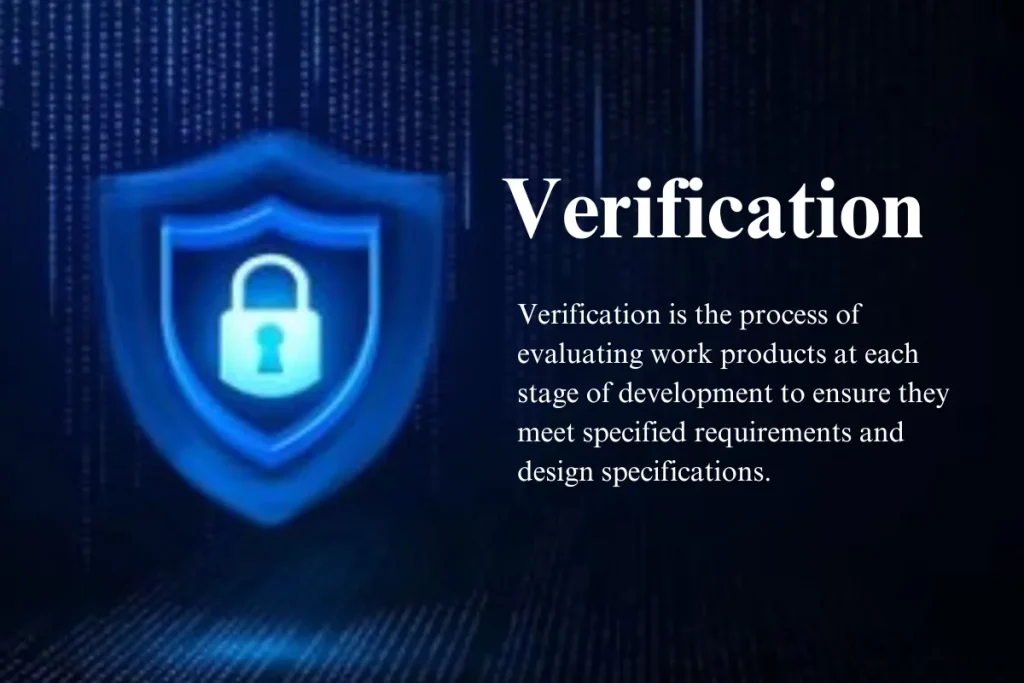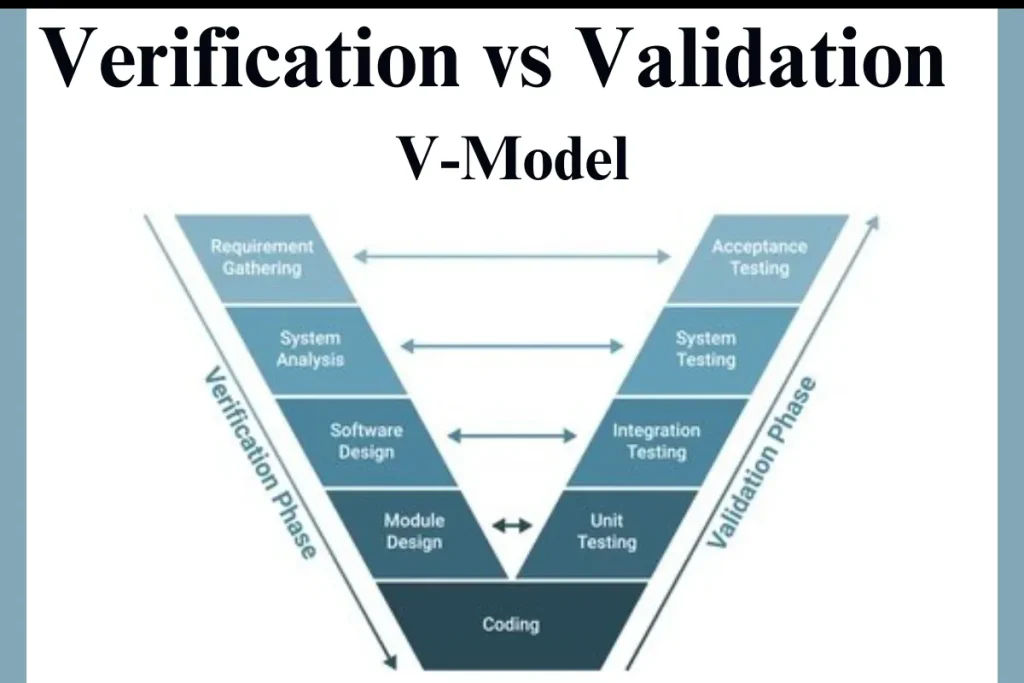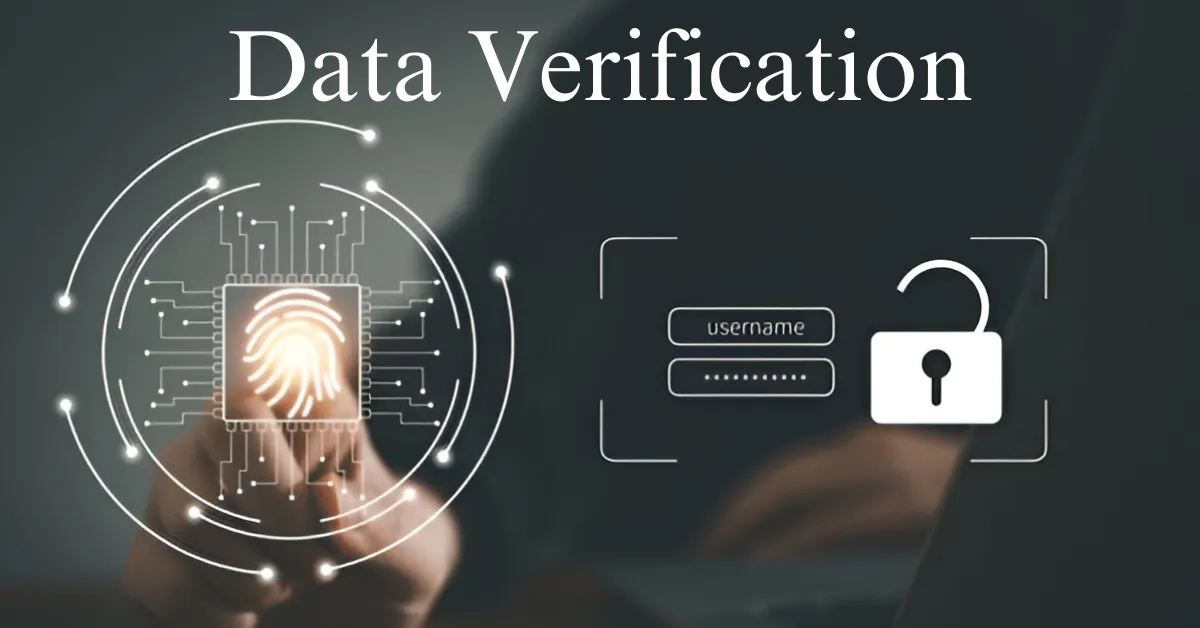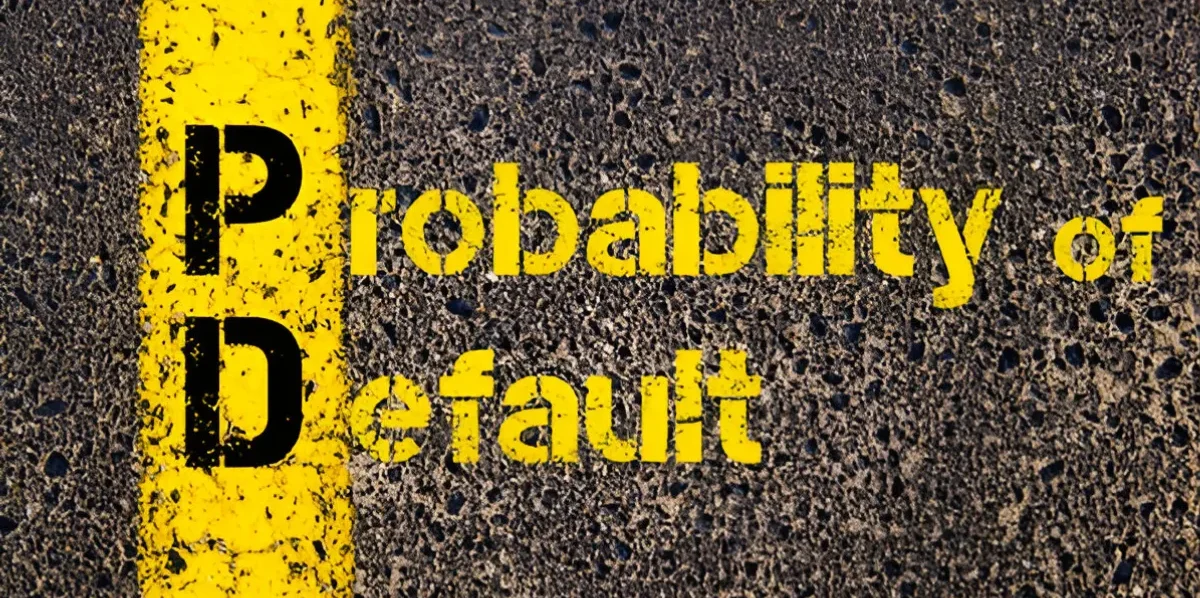Verification vs Validation (V&V) Definition & How to Validate in 2025
Developers often struggle to ensure that their software meets functional and user expectations. Missteps in distinguishing verification and validation can lead to costly and reputational damages.
By clearly understanding verification vs validation, developers can enhance product quality, meet user needs, reduce risks, and ensure satisfaction.
What is Verification vs Validation?
Verification vs validation are essential processes in product and software development, yet they serve distinct purposes. Understanding these differences is crucial for ensuring the quality and effectiveness of any project.
Verification

Verification is the process of evaluating work products at each stage of development to ensure they meet specified requirements and design specifications. The primary purpose of verification is to confirm that the product is being built correctly according to these specifications, ensuring accuracy and completeness.
Data verification is a critical step in ensuring accuracy and completeness during the verification process.
Tools and Methods:
- Reviews: Systematic examination of project documents to identify issues and ensure they meet the requirements.
- Inspections: Detailed and thorough peer reviews of documents and code to detect defects.
- Walkthroughs: Informal group meetings where the author explains their work to gather feedback.
- Checklists: Predefined lists of criteria to be verified during reviews and inspections to maintain consistency. Just like choosing the right note-taking app, where tools like Goodnotes vs Notability offer different features, having a structured verification checklist ensures clarity and efficiency.
Activities Involved:
- Requirement reviews to ensure all requirements are clear and feasible.
- Design reviews to confirm the design adheres to requirements.
- Code inspections to identify defects before execution.
- Document walkthroughs to get peer feedback on work products.
- Test case reviews to ensure they cover all requirements.
Verification in Software Testing:
Verification in software testing involves evaluating the software’s intermediate work products to ensure they meet the specified requirements. This is achieved through various static testing techniques that do not require code execution, such as requirement reviews, design reviews, and code inspections.
These steps help validate that the development process is aligned with the initial specifications.
Examples and Use Cases:
- Requirement Reviews: Ensuring that requirements are clear, complete, and feasible before proceeding with design.
- Design Reviews: Verifying that the design aligns with the requirements and follows best practices.
- Code Inspections: Detecting defects in the code before it is executed, ensuring higher code quality.
Tips for Effective Verification:
1. Use detailed checklists to cover all aspects of the work products.
2. Conduct regular reviews and inspections to catch issues early.
3. Involve multiple stakeholders to gather diverse perspectives.
4. Document all findings and resolutions for future reference.
5. Ensure clear communication and collaboration among team members.
6. Regularly verify the alignment of project goals with the set requirements.
7. Once all these steps are completed, ensure that the final product is thoroughly verified to meet all specified requirements.
Validation

Validation is the process of evaluating the final product to determine whether it meets the user’s needs and requirements. The main goal of validation is to ensure that the right product is built and that it performs as intended in real-world scenarios.
Data validation ensures that information meets the required standards and is suitable for its intended use. Whether it’s securing your system with strong credentials—where having creative password ideas is essential or ensuring accurate data inputs, validation plays a key role in maintaining security and integrity.
Tools and Methods:
- Functional Testing: Evaluating the product’s functionalities against the specified requirements.
- User Acceptance Testing (UAT): End-users test the product to ensure it meets their needs and expectations.
- Performance Testing: Assessing the product’s performance under various conditions.
- Integration Testing: Ensuring that different modules or components work together seamlessly.
Activities Involved:
- Test planning and execution to outline the validation process.
- Development of test cases to cover all functionalities and scenarios.
- Execution of functional testing to ensure all requirements are met.
- Performance testing to evaluate the product under different conditions.
- User acceptance testing (UAT) to gather feedback from end-users.
Validation Categories:
- Prospective Validation: Conducted before the product is released to ensure it meets all requirements.
- Concurrent Validation: Performed during the actual production phase to monitor ongoing performance.
- Retrospective Validation: Conducted on existing products to confirm they meet the required standards.
Analytical Methods Validation Aspects:
- Accuracy: Ensuring the product’s results are close to the true value.
- Precision: Ensuring consistent results across multiple trials.
- Specificity: Ensuring the product’s ability to measure what it is intended to measure.
- Sensitivity: Ensuring the product’s ability to detect small changes or differences.
These characteristics ensure that the product is accurately validated against the required parameters.
Validation in Software Testing:
Validation in software testing involves evaluating the final software product to ensure it fulfills the user’s needs and requirements. This process includes dynamic testing techniques where the code is executed, and its performance is evaluated. Examples include functional testing, user acceptance testing, and performance testing.
Examples and Use Cases:
- Functional Testing: Ensuring all functionalities work as expected according to the requirements.
- User Acceptance Testing (UAT): Gathering feedback from end-users to ensure their needs and expectations are met.
- Performance Testing: Evaluating the software’s performance under different conditions to ensure it can handle various scenarios.
Tips for Effective Validation:
1. Engage end-users early and throughout the validation process to ensure their needs are met.
2. Use real-world scenarios for testing to get accurate and relevant results.
3. Document all validation activities and results for future reference and continuous improvement.
4. Continuously monitor and update validation processes to maintain product quality.
5. Foster clear communication and collaboration among team members and stakeholders.
6. Performance management techniques can enhance validation processes, ensuring products meet performance criteria.
Key Differences Between Verification vs Validation

Understanding the key differences between verification versus validation is crucial for ensuring the overall data quality and reliability of any product. These processes, while related, serve distinct roles within the development lifecycle. Here are the primary distinctions between verification vs validation:
Specification vs. Requirements
- Verification: This process is concerned with evaluating whether the product is being developed according to the specific requirements and design specifications laid out in the initial phases. Essentially, it answers the question, “Are we building the product right?”
- Validation: This process, on the other hand, focuses on determining whether the final product fulfills the intended use and meets the user’s needs. It answers the question, “Are we building the right product?”
Responsible Party
- Verification: Typically performed by developers, engineers, or members of the project team who are directly involved in the creation and design of the product. Their goal is to ensure that each phase of development adheres to the predefined requirements.
- Validation: Often carried out by testers, end-users, or stakeholders who are not directly involved in the development process. Their objective is to evaluate the final product to ensure it meets the intended purpose and user expectations.
Timing
- Verification: Conducted throughout the development phase. This ongoing process ensures that any deviations from the requirements are identified and corrected early, reducing the risk of costly errors later on.
- Validation: This takes place after the product development is complete. By evaluating the product in a real-world scenario, validation confirms that the product functions as expected and meets the user’s needs.
Focus
- Verification: Emphasizes the correctness and completeness of the intermediate work products (such as requirements documents, design documents, and code) to ensure that they meet the specified criteria.
- Validation: Focuses on the end product’s performance and suitability, ensuring that it delivers the intended value and meets user expectations.
Tools and Methods
Verification: Utilizes various static testing techniques, including:
- Reviews: Systematic examination of documents and code to identify defects.
- Inspections: Detailed peer reviews to detect issues in work products.
- Walkthroughs: Informal meetings where authors present their work to peers for feedback.
- Checklists: Predefined lists to ensure all aspects of the product are reviewed systematically.
Validation: Employs dynamic testing techniques, including:
- Functional Testing: Evaluate the product’s functionalities against the requirements.
- User Acceptance Testing (UAT): Involves end-users to ensure the product meets their needs.
- Performance Testing: Assesses how the product performs under various conditions.
- Integration Testing: Ensures different modules or components of the product work together seamlessly.
Comparison Table
Here’s a detailed table summarizing the key difference between Verification vs Validation:
|
Aspect |
Verification |
Validation |
|
Purpose |
Ensures the product meets specified requirements and design specifications. |
Ensures the product meets user needs and performs as intended. |
|
Responsible Party |
Developers, engineers, and project team members involved in product creation. |
Testers, end-users, and stakeholders evaluate the final product. |
|
Timing |
During the development phase. |
After the product is complete and ready for release. |
|
Focus |
Correctness and completeness of intermediate work products. |
Performance and suitability of the final product in real-world scenarios. |
|
Tools and Methods |
Reviews, inspections, walkthroughs, checklists. |
Functional testing, UAT, performance testing, integration testing. |
These distinctions highlight the complementary roles of verification vs validation in the development process. Proper implementation of both processes helps reduce risks, ensure product quality, and enhance customer satisfaction.
Verification and Validation in Various Contexts
Medical Devices
FDA Requirements: The FDA (Food and Drug Administration) has stringent requirements for the verification and validation of medical devices to ensure they are safe and effective for use.
Verification vs validation are critical component of the overall quality system regulation (QSR) compliance. The FDA mandates that manufacturers must establish and maintain procedures for verifying and validating the design of medical devices.
Verification and Validation Processes:
Verification: In the context of medical devices, verification ensures that the device design outputs meet the design input requirements. This involves a thorough review of specifications, inspections, and tests to confirm that each part of the device meets the established standards.
Using high-quality materials like Cat5e cables is essential for the verification process in medical devices.
- Examples: Electrical safety testing, software code reviews, and biocompatibility testing.
Validation: Validation ensures that the final medical device performs as intended in the actual user environment. This process includes testing the device in real-world scenarios to confirm it meets user needs and regulatory requirements.
- Examples: Clinical trials, user acceptance testing (UAT), and performance testing under different conditions.
Large-scale systems powered by a hyperscaler infrastructure undergo advanced verification and validation to maintain reliability, security, and performance across global environments.
Crypto and Blockchain

Verification vs validation is crucial in the rapidly evolving field of crypto and blockchain technology. Ensuring the integrity, security, and functionality of blockchain systems is essential for gaining user trust and maintaining the stability of decentralized networks.
In the world of NFT art, verification and validation processes ensure the authenticity and ownership of digital assets.
Methods and Examples:
Verification: In blockchain technology, verification involves confirming that transactions are accurate and adhere to the protocol’s rules. This process is typically carried out by network nodes (validators) that check the validity of transactions before adding them to the blockchain.
- Examples: Cryptographic hashing, digital signatures, and consensus algorithms (e.g., Proof of Work, Proof of Stake).
Validation: Validation in the blockchain context ensures that the entire system operates as intended and that the blocks added to the blockchain are accurate and unaltered. This process involves checking the integrity of the blockchain and ensuring that no invalid transactions are included.
- Examples: Full node verification, smart contract auditing, and testing of decentralized applications (dApps).
Verification and Validation in the Requirements Development Process

Verification and validation (V&V) play a crucial role in the requirements development process, ensuring that the final product meets both the specified requirements and the user’s needs.
This process begins with a clear understanding of the requirements and continues through development, implementation, and deployment. Effective Verification vs Validation practices help identify and rectify issues early, reduce risks, and ensure a high-quality product.
- Verification: During requirements development, verification ensures that the requirements are clear, complete, and feasible. This involves reviewing and validating the requirements documents to confirm that they accurately reflect the project’s goals and constraints.
- Validation: Validation ensures that the requirements, once implemented, meet the user’s needs and expectations. This involves testing the final product in real-world scenarios to ensure it delivers the intended value and functionality.
Lessons Learned for Successful V&V
1. Clear Communication: Effective V&V requires clear and continuous communication among all stakeholders. This includes developers, testers, project managers, and end-users. Regular meetings and updates help ensure everyone is on the same page.
2. Early Involvement: Involving V&V activities early in the requirements development process can help identify potential issues before they become significant problems. This proactive approach saves time and resources in the long run.
3. Comprehensive Documentation: Detailed documentation of the requirements, verification, and validation processes is essential. This provides a clear reference for all stakeholders and helps ensure that no critical aspects are overlooked.
4. Iterative Approach: Adopting an iterative approach to V&V allows for continuous improvement and refinement of the requirements and the final product. Regular reviews and feedback loops help identify and address issues promptly.
5. Engaging End-Users: Involving end-users in the validation process ensures that the final product meets their needs and expectations. Their feedback is invaluable for identifying real-world issues and ensuring user satisfaction.
6. Utilizing Best Practices: Adhering to industry best practices and standards for V&V helps ensure a consistent and reliable process. This includes using established methodologies, tools, and techniques for verification and validation.
2025 Innovations in Verification vs Validation (V&V)
The meaning and definition of Verification vs Validation (V&V) are evolving fast in 2025. As software grows more complex, teams are refining process, testing, and analytical methods to improve validate workflows and ensure safer, more reliable products.
1. SV-COMP 2025: Benchmarking Verification & Validation Tools
The 14th Software Verification Competition evaluated dozens of verification and witness validation tools, marking the largest comparison to date. By benchmarking tools across tasks like memory safety and assertion validity, SV-COMP 2025 is reshaping what “verified” and validated truly mean in modern software engineering.
2. AI-Powered Test Automation Trends
Artificial Intelligence and Machine Learning are driving the next wave of automation in V&V. New automation methods include predictive defect models, automatic test generation, and self-healing test cases. These testing and validate techniques help teams identify and resolve bugs earlier, ensuring stronger verification and validation across the development lifecycle.
3. Automotive V&V Advances with Digital Twins
In the automotive industry, digital twin, cloud-based simulation, and edge computing technologies are revolutionizing V&V. These tools allow teams to validate autonomous driving systems and safety-critical features at scale, combining design testing, qualification, and product performance checks in a streamlined process.
4. Agentic AI for Automating V&V
Research breakthroughs in 2025 have introduced AI agents that autonomously generate, verify, and validate software components. These systems handle tasks like code generation, requirements interpretation, and test validation—ushering in a new era of intelligent define, validate, and verify workflows with minimal human input.
Emerging technologies like generative AI demand precise validation — from ensuring AI art styles render accurately to confirming model outputs meet defined performance requirements.
Conclusion
Ensuring the success of any project hinges on understanding and implementing both verification vs validation. These processes provide a structured approach to quality assurance, helping to identify and rectify issues early on, thus reducing risks and improving the final product.
By clearly distinguishing and effectively applying verification and validation, organizations can produce reliable, high-quality products that meet both specifications and user needs. This not only enhances customer satisfaction but also secures the project’s long-term success.
FAQs
What is the difference between verification and validation in audit?
In an audit, verification checks the accuracy of data and ensures that processes are followed correctly. Validation, on the other hand, ensures that the outcomes of the processes meet the intended objectives and are effective.
What is the difference between verification and validation in design?
Verification in design involves checking that the design outputs meet the design inputs and specifications. Validation in design ensures that the final design solution fulfills the intended purpose and meets user requirements.
What is the difference between verification and validation and qualification?
Verification confirms that products or components are built correctly according to requirements. Validation ensures that the final product meets user needs. Qualification is a broader process that confirms whether a product meets all required standards and regulations, often including both verification vs validation steps.
What is verification and validation also known as?
Verification and validation are also known as V&V. These processes are integral parts of quality assurance and software testing practices.
Which is done first verification or validation?
Verification is typically done first, during the development phase, to ensure that each stage of the process meets the specified requirements. Validation is performed after the product is complete, to confirm that it meets the user's needs and performs as intended.






